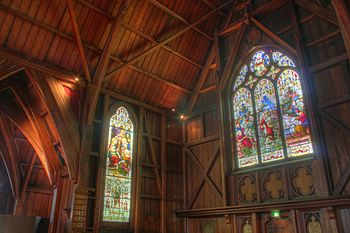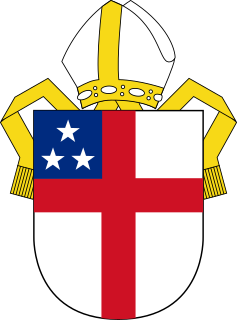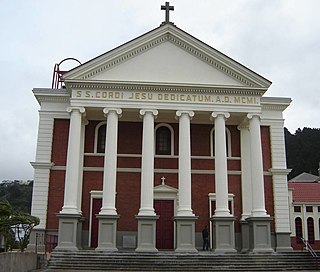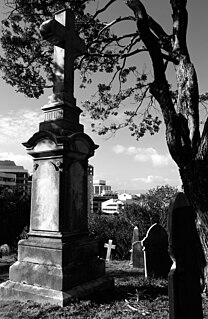- You may be looking for Old St. Paul's Cathedral, a destroyed cathedral in the City of London.
- Or for Old Saint Paul's, Edinburgh, of the Scottish Episcopal Church.
| Old St. Paul's, Wellington | |
|---|---|
 Exterior of Old St. Paul's | |
| Location | Mulgrave Street, Wellington |
| Country | New Zealand |
| Denomination | Anglican |
| Website | Old St Paul's, Wellington |
| History | |
| Dedicated | 6 June 1866 |
| Architecture | |
| Functional status | Consecrated |
| Architect(s) | Reverend Frederick Thatcher |
| Style | Gothic Revival |
| Years built | 1865–66 |
| Administration | |
| Diocese | Heritage New Zealand Pouhere Taonga |
| Designated | 26 November 1981 |
| Reference no. | 38 |
Coordinates: 41°16′35″S174°46′49″E / 41.276262°S 174.780394°E

A geographic coordinate system is a coordinate system that enables every location on Earth to be specified by a set of numbers, letters or symbols. The coordinates are often chosen such that one of the numbers represents a vertical position and two or three of the numbers represent a horizontal position; alternatively, a geographic position may be expressed in a combined three-dimensional Cartesian vector. A common choice of coordinates is latitude, longitude and elevation. To specify a location on a plane requires a map projection.
Contents
Old St. Paul's is an historic site, a Wellington landmark and a popular wedding- and event-venue in the heart of Wellington, the capital city of New Zealand. The building functioned as the cathedral of the Diocese of Wellington of the Anglican Church in Aotearoa, New Zealand and Polynesia between 1866 and 1964. It exemplifies 19th-century Gothic Revival architecture adapted to colonial conditions and materials, and stands at 34 Mulgrave Street, Thorndon, close to the New Zealand Parliament.

Wellington is the capital city and second most populous urban area of New Zealand, with 418,500 residents. It is located at the south-western tip of the North Island, between Cook Strait and the Remutaka Range. Wellington is the major population centre of the southern North Island, and is the administrative centre of the Wellington Region, which also includes the Kapiti Coast and Wairarapa. Its latitude is 41°17′S, making it the world's southernmost capital of a sovereign state. Wellington features a temperate maritime climate, and is the world's windiest city by average wind speed.

A cathedral is a church that contains the cathedra of a bishop, thus serving as the central church of a diocese, conference, or episcopate. Churches with the function of "cathedral" are usually specific to those Christian denominations with an episcopal hierarchy, such as the Catholic, Anglican, Orthodox, and some Lutheran and Methodist churches. Church buildings embodying the functions of a cathedral first appeared in Italy, Gaul, Spain and North Africa in the 4th century, but cathedrals did not become universal within the Western Catholic Church until the 12th century, by which time they had developed architectural forms, institutional structures and legal identities distinct from parish churches, monastic churches and episcopal residences.
The Anglican Church in Aotearoa, New Zealand and Polynesia is an autonomous province of the Anglican Communion serving New Zealand, Fiji, Tonga, Samoa, and the Cook Islands. Since 1992 the church has consisted of three tikanga or cultural streams: Aotearoa, New Zealand, and Polynesia. The church's constitution says that, among other things, it is required to "maintain the right of every person to choose any particular cultural expression of the faith". As a result, the church's General Synod has agreed upon the development of the three-person primacy based on this three tikanga system. It has three primates (leaders), each representing a tikanga, who share authority.


















